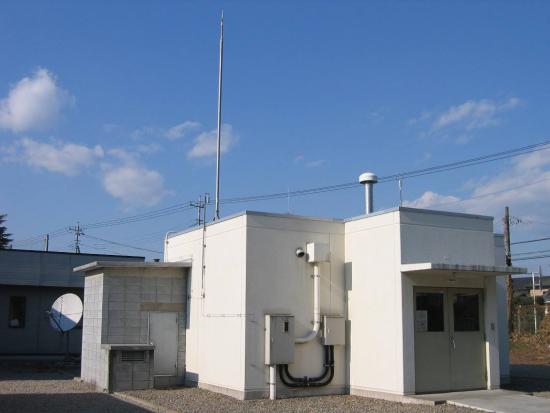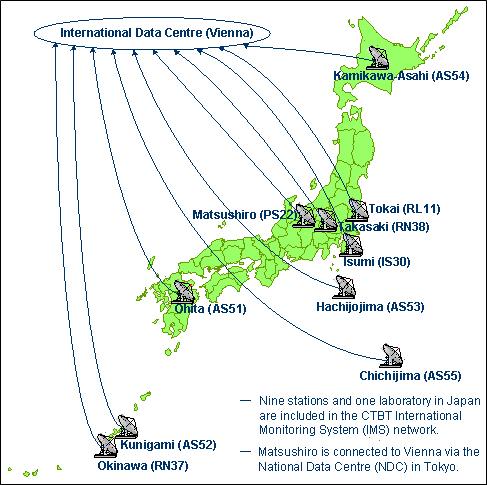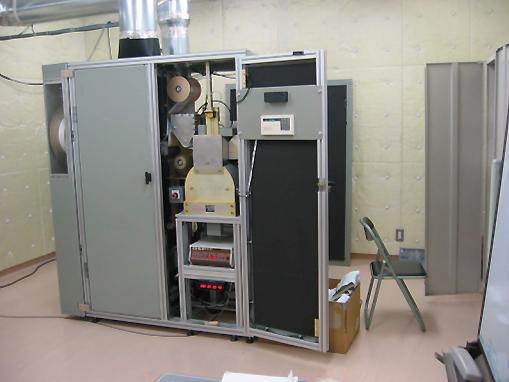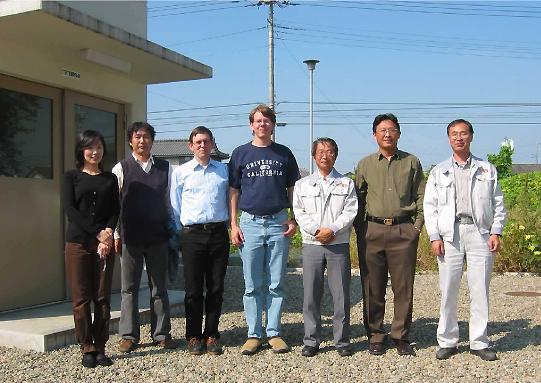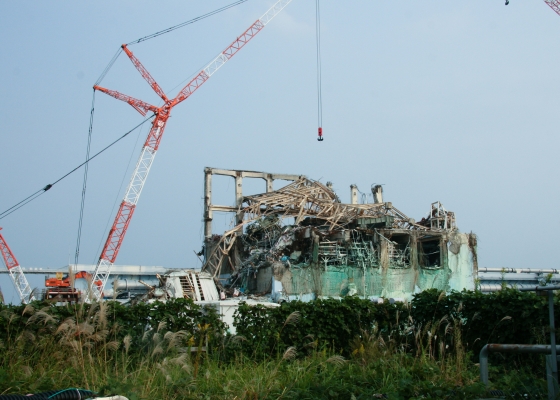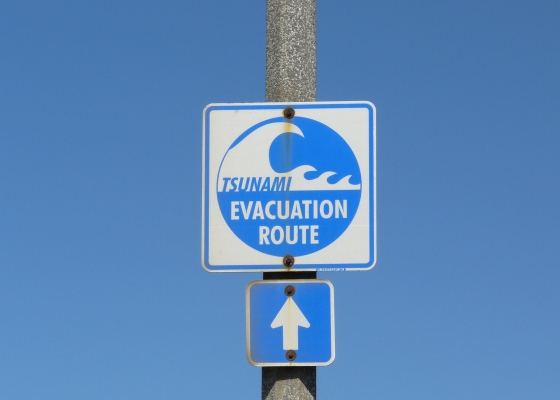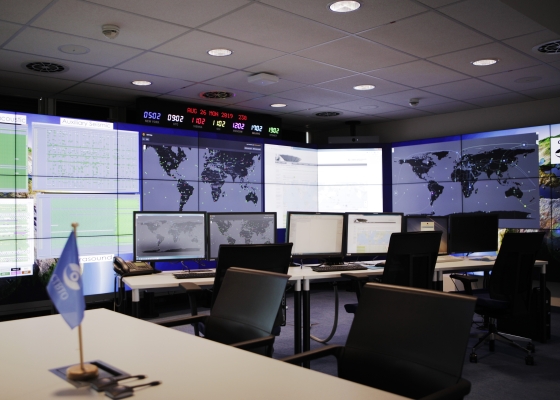RN38, Takasaki, Japan
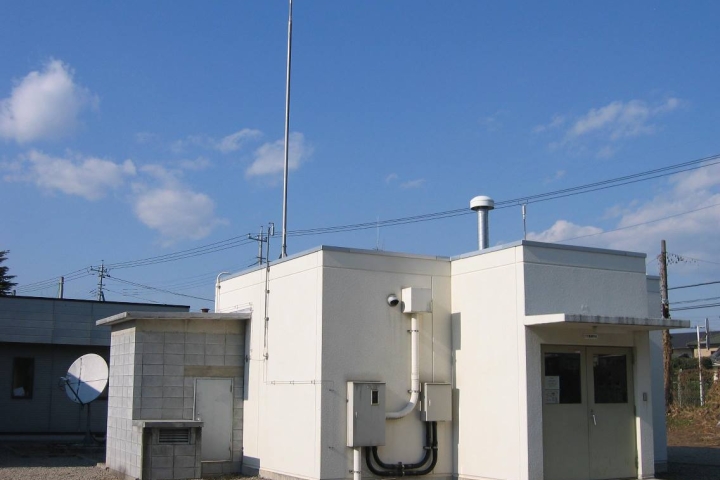
Radionuclide station RN38, Takasaki, Japan
Takasaki

History and Geography
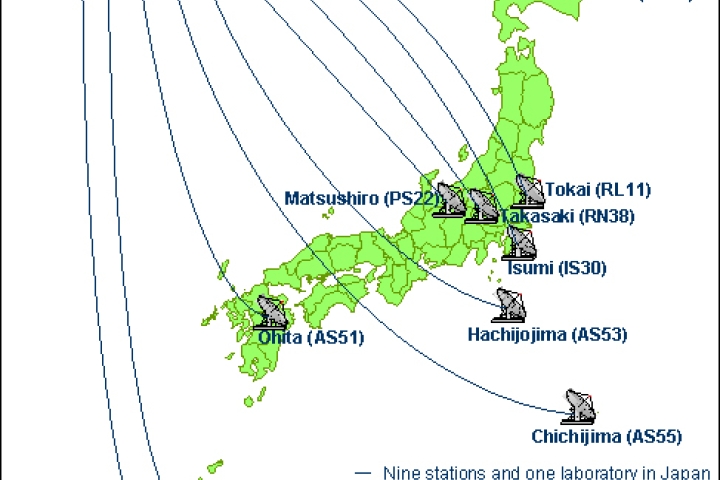
Japan hosts 11 IMS facilities.
Station Location
The IMS radionuclide station RN38 is located inside the premises of the Takasaki Advanced Radiation Research Institute of JAEA on the town’s eastern outskirts. This location is just nine km away from the coordinates originally established by the Treaty and was approved by the CTBTO. A dedicated building was erected solely to host IMS equipment, including future Noble Gas equipment (see below). The building is within walking distance of the offices of the local station operator who is a JAEA staff member. The JAEA laboratory area is fenced off and of restricted access. Learn more about how the radionuclide technology works.
The Fukushima Power Plant Accident
The 11 March 2011 earthquake off the Japanese coast and the ensuing tsunami tragically killed tens of thousands of people and left the Fukushima power plant severely damaged. According to Japanese authorities, the CTBTO’s seismic and hydroacoustic stations in the region helped them to issue tsunami warnings within a few minutes, thus allowing many people to escape the tsunami. Located around 250km to the southwest, RN38 is the IMS station closest to the Fukushima power plant. The station was one of the first IMS radionuclide stations to register radioactive particles such as Iodine-131 and Caesium-137 as well as the radioactive noble gas Xenon-133 emitted by the stricken plant. The station itself was affected by power outages shortly after the earthquake. Read more about the CTBTO’s Fukushima-related measurements.
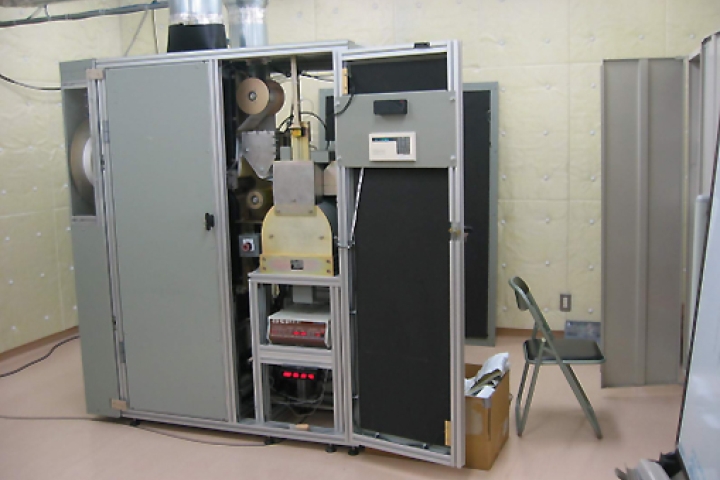
RN38 is an automatic station of the RASA type - a Radionuclide Aerosol Sampler and Analyzer.
Radionuclide Station Profile
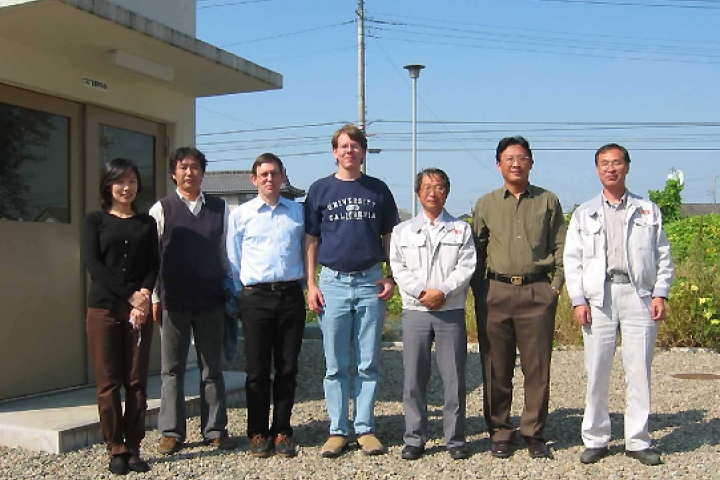
Japanese JAEA and CTBTO staff outside station RN38.
Certification, Testing and Evaluation
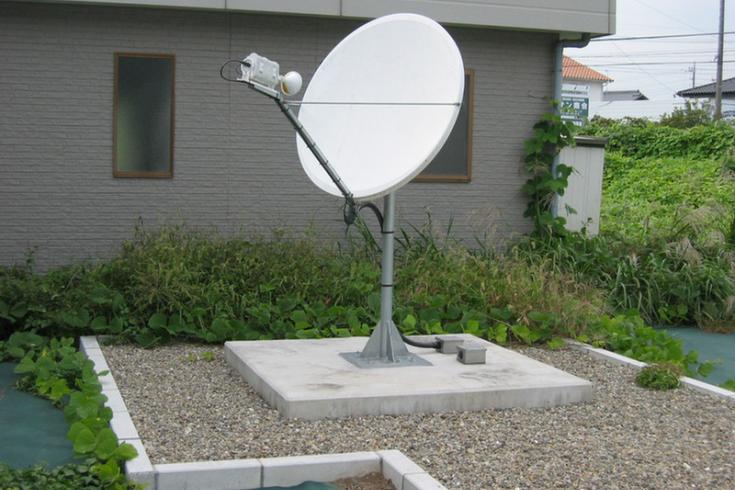
VSat at RN38
